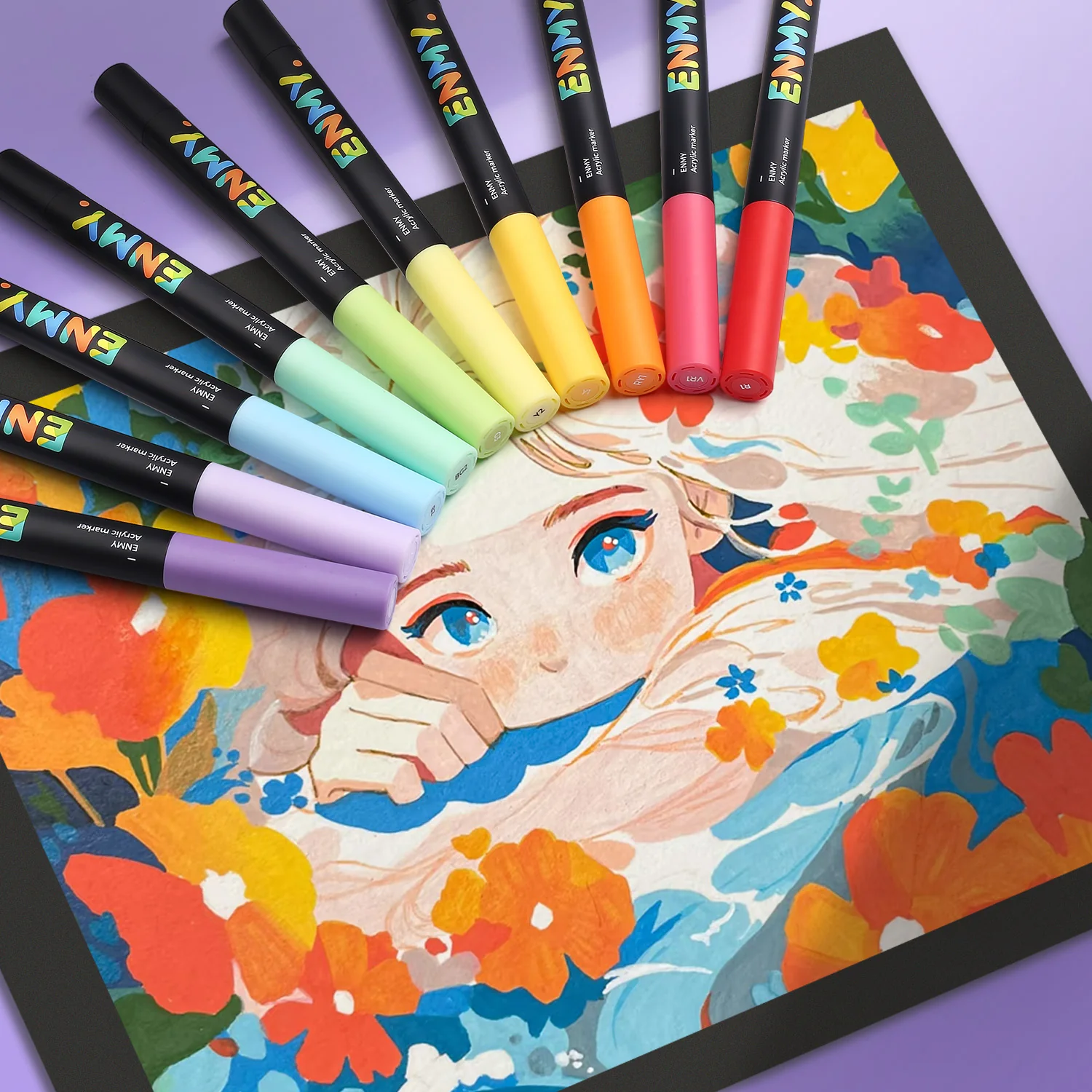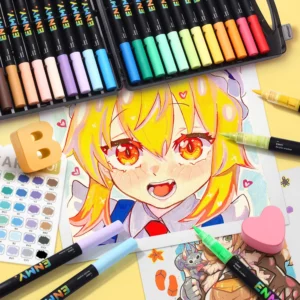When we gaze at the morning glow or touch the new leaves of spring, colors are always silently weaving the rich layers of the world. This seemingly ordinary visual phenomenon actually hides deep codes intertwined with physics, biology, and art.

The Decomposition of Light: The Source of Colors
Why does the rainbow after rain always appear in a fixed order? It starts with the nature of sunlight. White light is a composite light. When it passes through a prism or raindrops, it decomposes into seven colored lights—red, orange, yellow, green, blue, indigo, and violet—because light of different wavelengths refracts at different angles. This is the spectral secret revealed by Newton through his prism experiment in 1666. Among them, red light has the longest wavelength (about 620-750 nanometers), and violet light has the shortest (about 380-450 nanometers). Infrared and ultraviolet rays, which are invisible to our naked eyes, extend the unknown visual territory at both ends of the spectrum.
The color of an object is essentially the result of “filtering” light. Leaves appear green because chlorophyll absorbs red and blue light and only reflects green light; red apples reflect red light and absorb other colors. Interestingly, black objects do not “have” color but absorb almost all light, while white reflects most light—which is the scientific reason why dark clothes are hotter in summer.
The Magic of the Eye: The Physiological Miracle of Color Perception
Cones in the human retina are “precision instruments” for perceiving color. These cells are divided into three types, each most sensitive to red, green, and blue light, like primary color receivers. When light enters the eye, the three types of cones are excited in different proportions, and the resulting nerve signals are processed by the visual cortex of the brain, forming our perception of millions of colors.
This mechanism allows humans to distinguish about 10 million colors, but there are significant individual differences. Approximately 8% of men (very few women) have color vision abnormalities. The most common red-green color-blind people have abnormal red or green cone cell functions and confuse these two colors. In contrast, a very small number of women have a fourth type of cone cell due to genetic mutations. They may be able to distinguish 100 times more colors than the average person and are called “tetrachromats”.
Nature’s Palette: Color Strategies for Survival and Reproduction
Colors in nature are never randomly applied. The blue color on butterfly wings does not come from pigments but from the interference and scattering of blue light by the microstructures on the wing membranes. This “structural color” never fades and can change with the viewing angle, used both to attract mates and confuse predators.
The bright colors of flowers are a “visual contract” with pollinators. Bees are sensitive to ultraviolet light, and many flowers (such as sunflowers) show special “nectar marks” under ultraviolet light; hummingbirds prefer red, and tropical red flowers have evolved brighter hues. Even deep-sea creatures have unique color wisdom: there is almost no red light in the sea area below 200 meters. Squid living here abandon red pigments and appear dark brown, which can absorb the remaining blue light, perfectly blending into the dark environment.
The Dyeing of Civilization: From Minerals to Quantum Dots
Human pursuit of color has driven the progress of civilization. The ancient Egyptians ground lapis lazuli to make ultramarine, a pigment more precious than gold, used only for painting gods; dyers in the Han Dynasty of China extracted purple dye from lithospermum, and it took ten catties of lithospermum to dye one foot of purple silk, hence the saying “in a country with a thousand chariots, purple is precious”.
The synthesis of aniline purple in the 19th century opened the era of chemical dyes; today, quantum dot technology allows displays to present purer colors—semiconductor crystals with a diameter of only a few nanometers can accurately emit light of specific wavelengths by adjusting their size. From the mineral pigments of Dunhuang murals to the quantum dot light emission of mobile phone screens, the progress of human dyeing technology is essentially a deepening understanding of the interaction between light and matter.
Color is the language of light, the signal of life, and the mark of civilization. The next time we look at a green leaf or a sunset glow, we may be able to understand the cosmic laws contained in them—the dancing light waves have never stopped telling the wonderful stories of the world.






